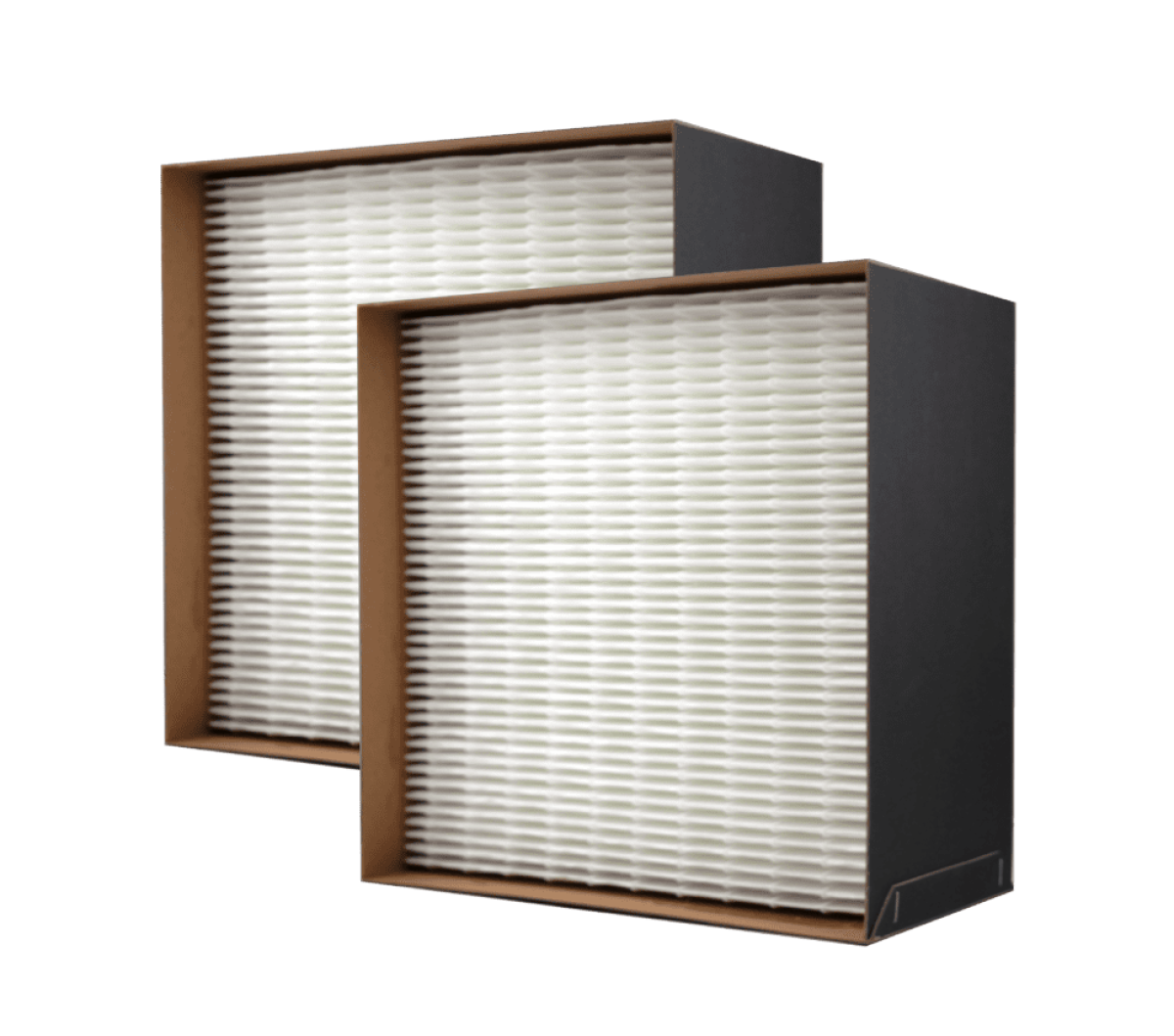How Efficient are SmartVent Filters?

Poor quality of indoor air can be detrimental to our health. The average New Zealand family produces around 10 litres of harmful damp air every day – and we’re living, breathing and sleeping in this stuff. But when we bring filters into the mix, we’re getting rid of airborne nasties like dampness, VOCs, harmful gases and dust. As a result, we’re breathing in less dangerous air, and our home is less susceptible to mould, mildew and general damage.
It’s time to get familiar with filters. How efficient are they, really, and what’s the difference between the filters on offer?
How efficient are SmartVent filters?
A ventilation system is able to reduce the transmission of unwanted airborne viruses by over 70%. And a filter is a key component of any ventilation system, contributing to the filtering out of the atmospheric particles that impact our health.
So how much good are these filters doing? In a word: lots. Every SmartVent system is fitted with high-grade F7 filters as standard, which capture up to 90% of 0.4-micron particles including fine pollens, dust and allergens. So the air you breathe every day becomes cleaner.
SmartVent’s heat and energy recovery systems feature a G3 filter in the core, which filters out bigger particles, as well as the standard F7 filter that cleans the air coming into the home.
What’s the difference between an F7, HEPA and carbon filter?
As we’ve already mentioned, all SmartVent ventilation systems come with an F7 filter, which has a fine structure to catch smaller particles. To understand this in action, take hay fever. Usually, people with hay fever are advised to stay indoors with the windows and doors closed, but this can cause the home to heat up – and fine pollens still make it inside.
An F7 filter catches these allergens (along with harmful substances that come from outside vehicles) so fresh air can flow into your home without bringing the sneeze-inducing particles with it.
Now let’s examine HEPA filters vs carbon filters.
All current SmartVent systems are fitted with either a HEPA filter with carbon (DCT2278) for extra filtration or an F7 filter with carbon (DCT2277) to filter odours. The real differences between the two are this:
- HEPA (high-efficiency particulate air) systems filter contaminates of up to 0.4 microns in size. In other words, they catch small particles not visible to the human eye, like bacteria, pollen, tobacco fumes and dust mites. HEPA filters can also trap microorganisms, but are not used to capture smells.
- Carbon filters, on the other hand, were designed to prevent bad smells, smoke, fumes and other chemicals from contaminating the air. They use absorption methods to pull contaminates into their porous surface.
Because of their unique qualities, many ventilation systems combine both carbon and HEPA filters for a comprehensive defence of indoor air. Almost all SmartVent systems can be upgraded to include a carbon or HEPA filter.
Where can I buy the filter?
Filters are already a feature of every SmartVent ventilation system, but some of our products can be configured to include the right filter (or multiple filters) for your needs.
Whether you want to buy a filter for your existing system, or you’re looking for a completely new system for the home, just ask SmartVent. Call 0800 140 150 or book a free home visit using our contact form.